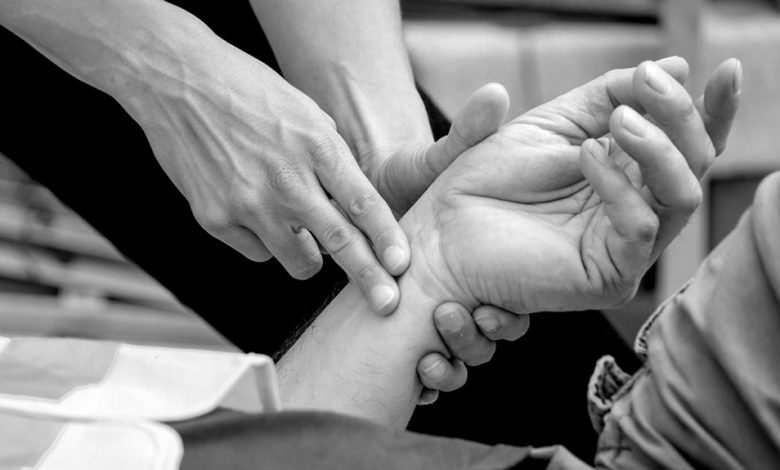First Aid Rules for Carbon Monoxide Poisoning

Carbon monoxide is formed during the operation of internal combustion engines, during the slow oxidation of oils contained in paints, blasting operations, fires, etc. A large number of deaths occur indoors with no ventilation, such as garages. Thus, Erste-Hilfe Kurs München Hauptbahnhof provides the algorithm of necassary actions in case of danger.
Causes and symptoms of carbon monoxide poisoning
Carbon monoxide is a colorless, highly toxic gas that often smells like a cinder. Its toxicity is very high – inhalation of air containing only 0.15-0.20% carbon monoxide for 1-2 hours can lead to severe poisoning, as a result of which the process of oxygen transfer from the lungs to organs and tissues is disrupted, acute oxygen starvation.
Erste Hilfe Kurs münchen günstig emphasizes that the main danger is that carbon monoxide quickly enters the blood cells through the lungs, replacing the oxygen contained in erythrocytes. As a result, oxygen starvation (hypoxia) occurs in the body. According to Erste Hilfe Kurs Munchen First Aid actions imply:
- Immediately remove the victim from the poisoned atmosphere into the fresh air, and if possible, breathe in pure oxygen;
- The victim should be freed from tight clothing that prevents free-breathing – take off his tie, unfasten his belt, shirt collar, etc;
- In case of severe respiratory distress or stop, start artificial respiration as soon as possible;
- Call an ambulance.
Führerschein erste hilfe kurs warns that carbon monoxide poisoning usually develops gradually. The initial signs of poisoning are a feeling of general weakness, headache in the forehead and temples, a feeling of heaviness in the head, accelerated heartbeat, redness of the skin. In more severe cases, these symptoms are accompanied by increasing muscle weakness, dizziness, tinnitus, vomiting, and drowsiness. The sooner assistance is provided in case of carbon monoxide poisoning, the more likely a successful outcome of the accident is!

